
How to Use MAX30100: Examples, Pinouts, and Specs
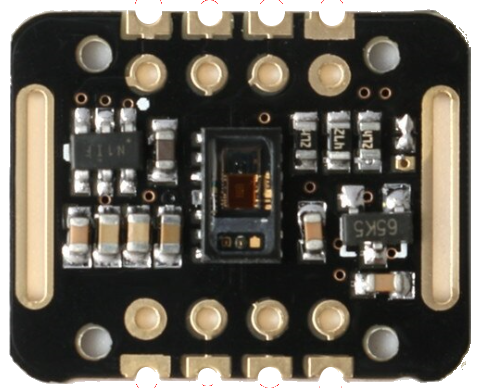
 Design with MAX30100 in Cirkit Designer
Design with MAX30100 in Cirkit DesignerIntroduction
The MAX30100 is an integrated pulse oximetry and heart-rate monitor sensor solution. It combines two LEDs, a photodetector, optimized optics, and low-noise analog signal processing to detect pulse oximetry and heart-rate signals. The MAX30100 is widely used in wearable technology, fitness assistant devices, and medical monitoring equipment.
Explore Projects Built with MAX30100
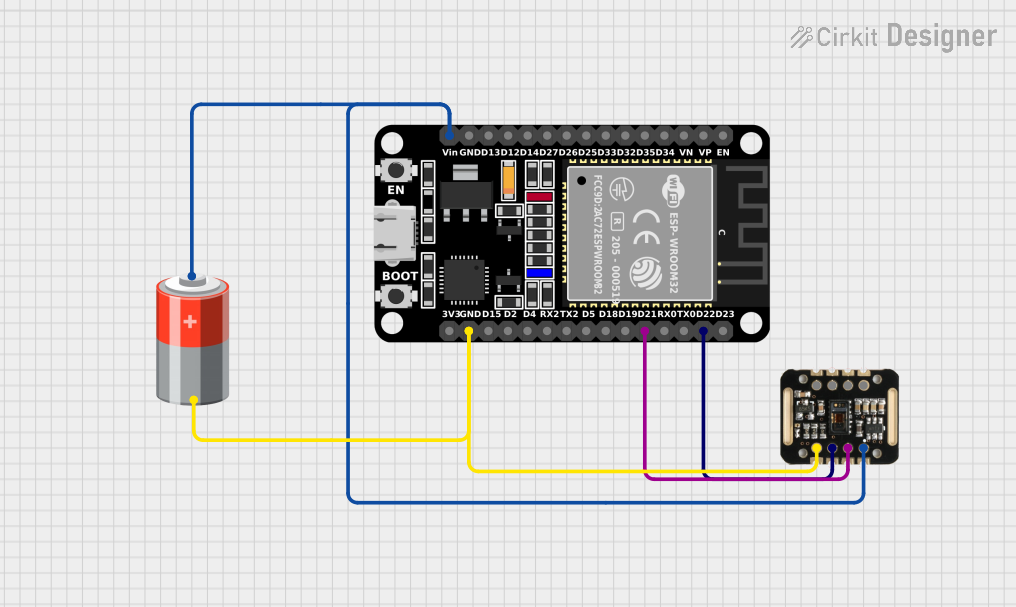
 Open Project in Cirkit Designer
Open Project in Cirkit Designer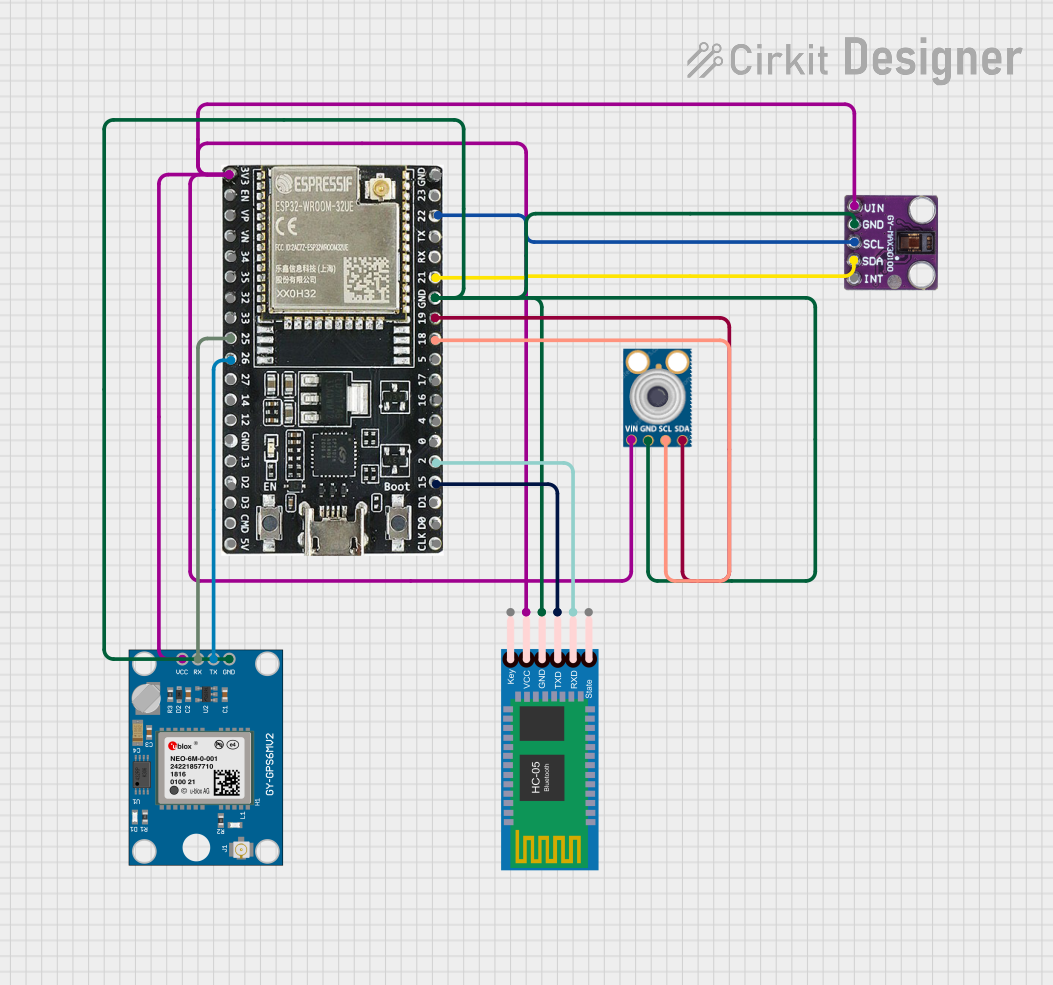
 Open Project in Cirkit Designer
Open Project in Cirkit Designer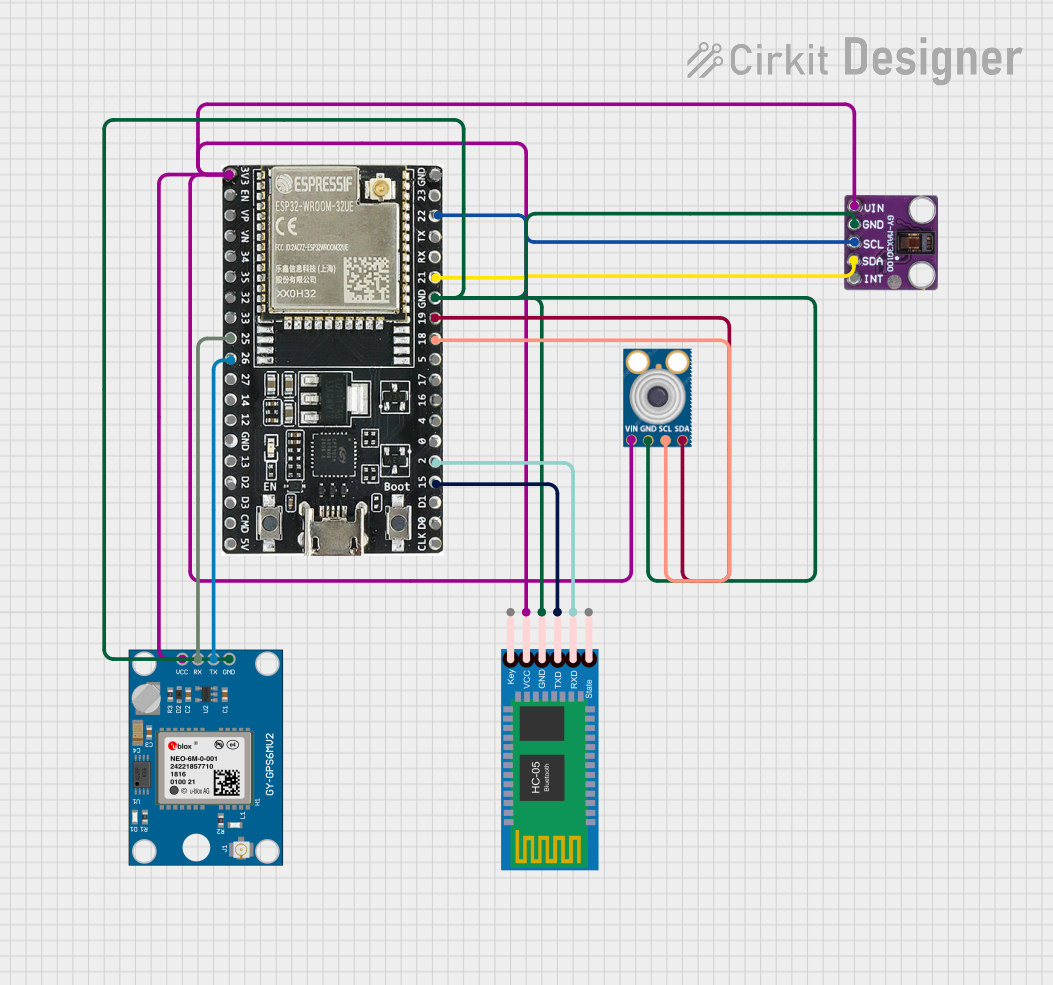
 Open Project in Cirkit Designer
Open Project in Cirkit Designer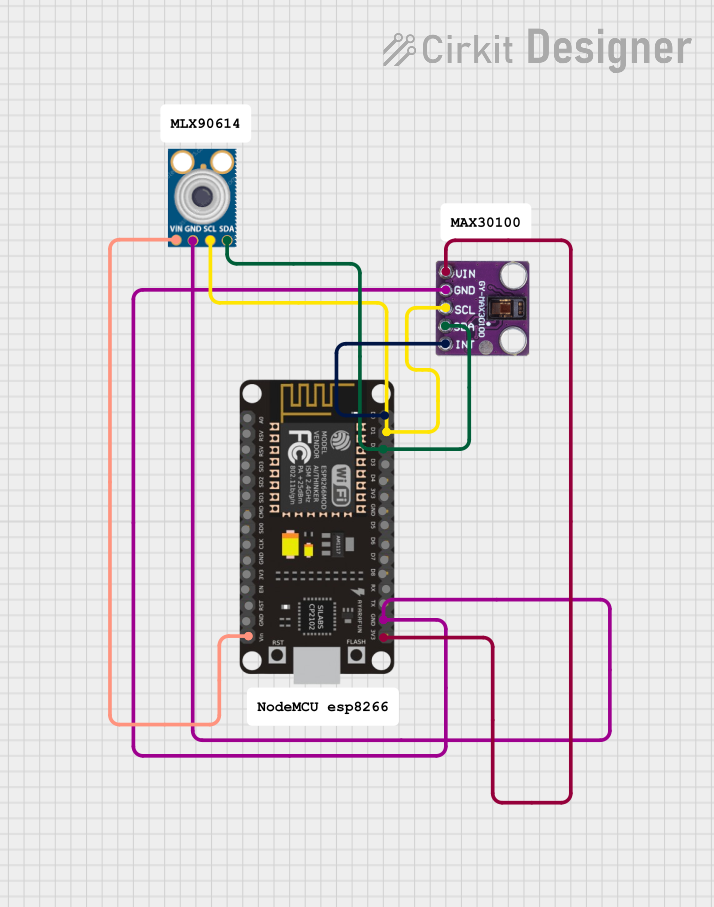
 Open Project in Cirkit Designer
Open Project in Cirkit DesignerExplore Projects Built with MAX30100

 Open Project in Cirkit Designer
Open Project in Cirkit Designer
 Open Project in Cirkit Designer
Open Project in Cirkit Designer
 Open Project in Cirkit Designer
Open Project in Cirkit Designer
 Open Project in Cirkit Designer
Open Project in Cirkit DesignerCommon Applications and Use Cases
- Wearable devices for fitness tracking
- Health monitoring systems
- Smartwatches with vital signs monitoring
- Medical-grade pulse oximeters
Technical Specifications
Key Technical Details
- Power Supply: 1.8V to 3.3V
- Operating Temperature: -40°C to +85°C
- Communication Interface: I2C
- LED Wavelengths: 660nm (Red), 940nm (IR)
Pin Configuration and Descriptions
| Pin Number | Name | Description |
|---|---|---|
| 1 | VIN | Supply voltage (1.8V to 3.3V) |
| 2 | SCL | I2C clock |
| 3 | SDA | I2C data |
| 4 | INT | Interrupt output |
| 5 | RD | Red LED cathode |
| 6 | IRD | IR LED cathode |
| 7 | GND | Ground |
Usage Instructions
How to Use the MAX30100 in a Circuit
- Power Supply: Connect the VIN pin to a 1.8V to 3.3V power source and GND to the ground.
- I2C Communication: Connect SCL and SDA to the corresponding I2C clock and data lines on your microcontroller.
- Interrupts: Optionally, connect the INT pin to an interrupt-capable GPIO pin on your microcontroller.
- LEDs: The RD and IRD pins are internally connected to the LEDs. No external connection is required.
Important Considerations and Best Practices
- Ensure that the power supply is stable and within the specified voltage range.
- Use pull-up resistors on the I2C lines as required by your microcontroller's I2C interface.
- Place the sensor close to the skin to get accurate readings.
- Avoid direct sunlight and other strong light sources that may interfere with the sensor readings.
Example Code for Arduino UNO
#include <Wire.h>
#include "MAX30100_PulseOximeter.h"
PulseOximeter pox;
uint32_t tsLastReport = 0;
void setup() {
Serial.begin(115200);
if (!pox.begin()) {
Serial.println("Failed to initialize pulse oximeter!");
for(;;);
} else {
Serial.println("Pulse oximeter initialized.");
}
}
void loop() {
// Make sure to call update as fast as possible
pox.update();
if (millis() - tsLastReport > 1000) {
Serial.print("Heart rate:");
Serial.print(pox.getHeartRate());
Serial.print("bpm / SpO2:");
Serial.print(pox.getSpO2());
Serial.println("%");
tsLastReport = millis();
}
}
Note: This example assumes the use of a MAX30100 library, which provides the PulseOximeter class and simplifies the interaction with the sensor.
Troubleshooting and FAQs
Common Issues
- Inaccurate Readings: Ensure the sensor is properly placed on the skin and that there is no movement or external light interference.
- No Data on I2C: Check the connections and pull-up resistors on the I2C lines. Also, ensure that the correct I2C address is being used.
Solutions and Tips for Troubleshooting
- Sensor Not Detected: Verify the power supply and I2C connections. Use an I2C scanner sketch to check if the sensor is detected on the bus.
- Fluctuating Readings: Stabilize the sensor placement and avoid direct light interference.
FAQs
Q: Can the MAX30100 be used with a 5V system? A: While the MAX30100 operates at 1.8V to 3.3V, level shifters can be used for 5V systems.
Q: How can I improve the accuracy of the sensor? A: Ensure a snug fit against the skin, minimize motion, and avoid external light interference.
Q: What is the default I2C address of the MAX30100? A: The default I2C address is 0x57 (7-bit).
Q: How do I know if the MAX30100 is functioning correctly? A: Check for a stable heart rate and SpO2 reading. If the readings are erratic, review the sensor placement and circuit connections.